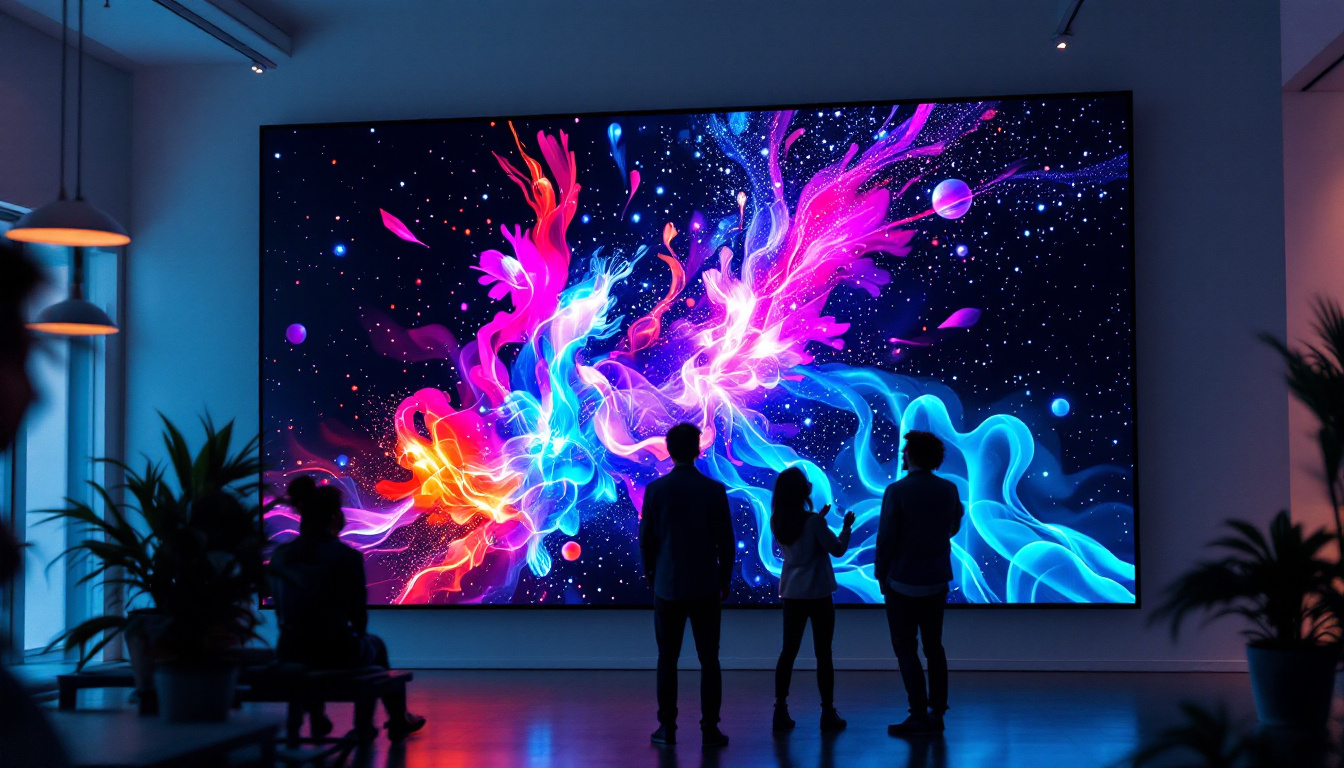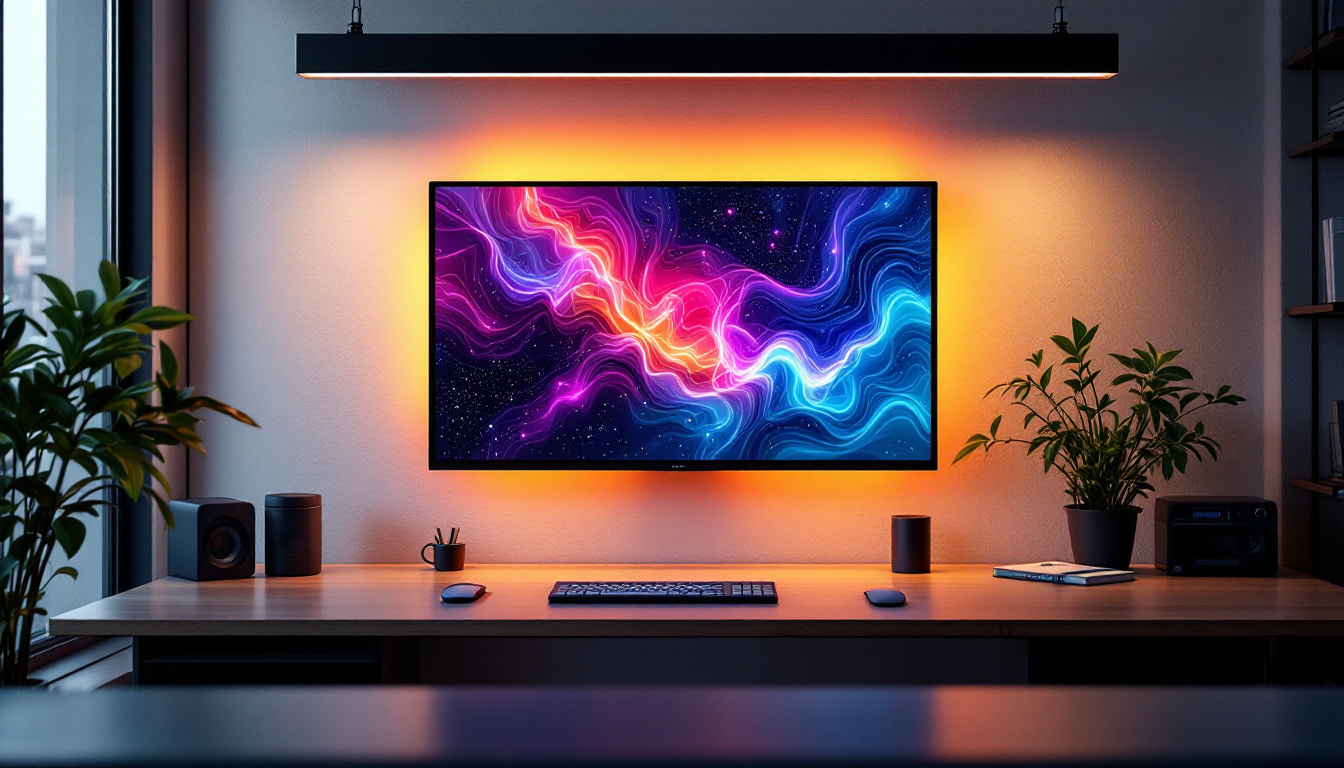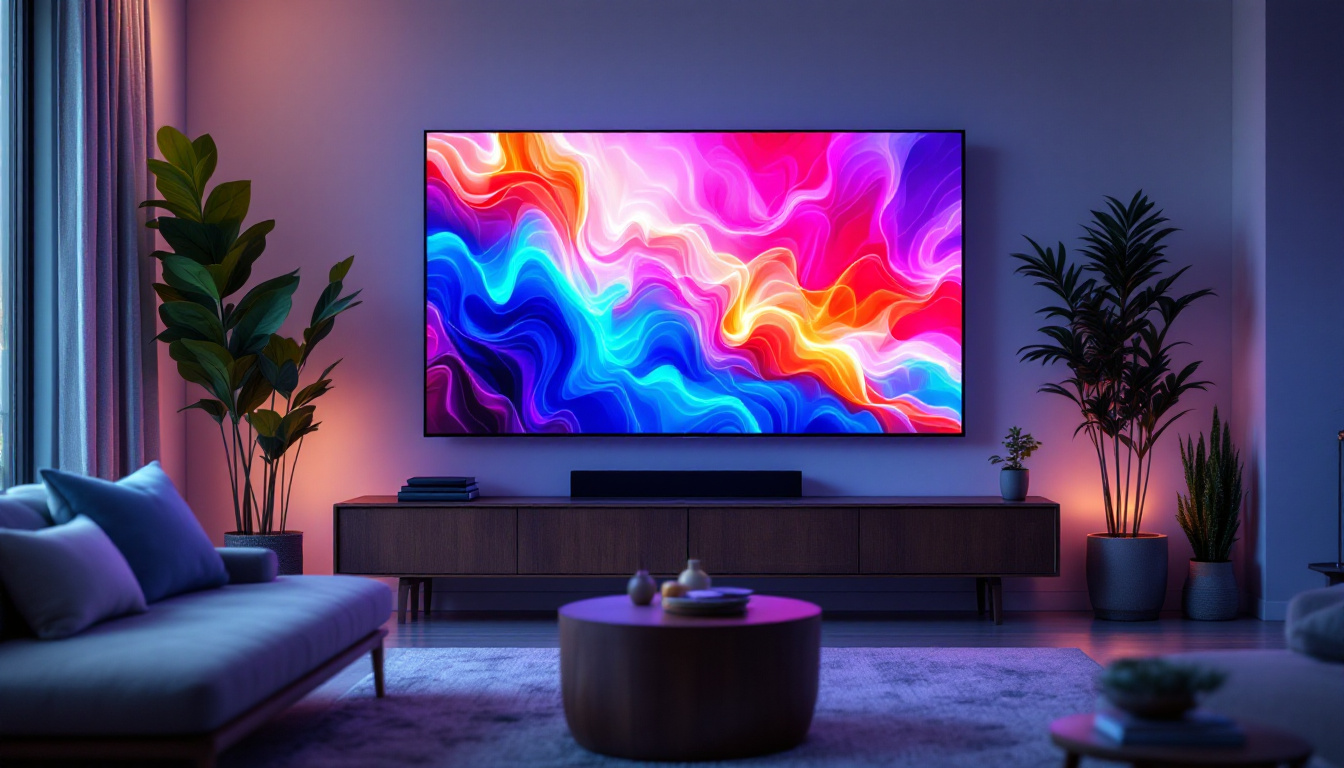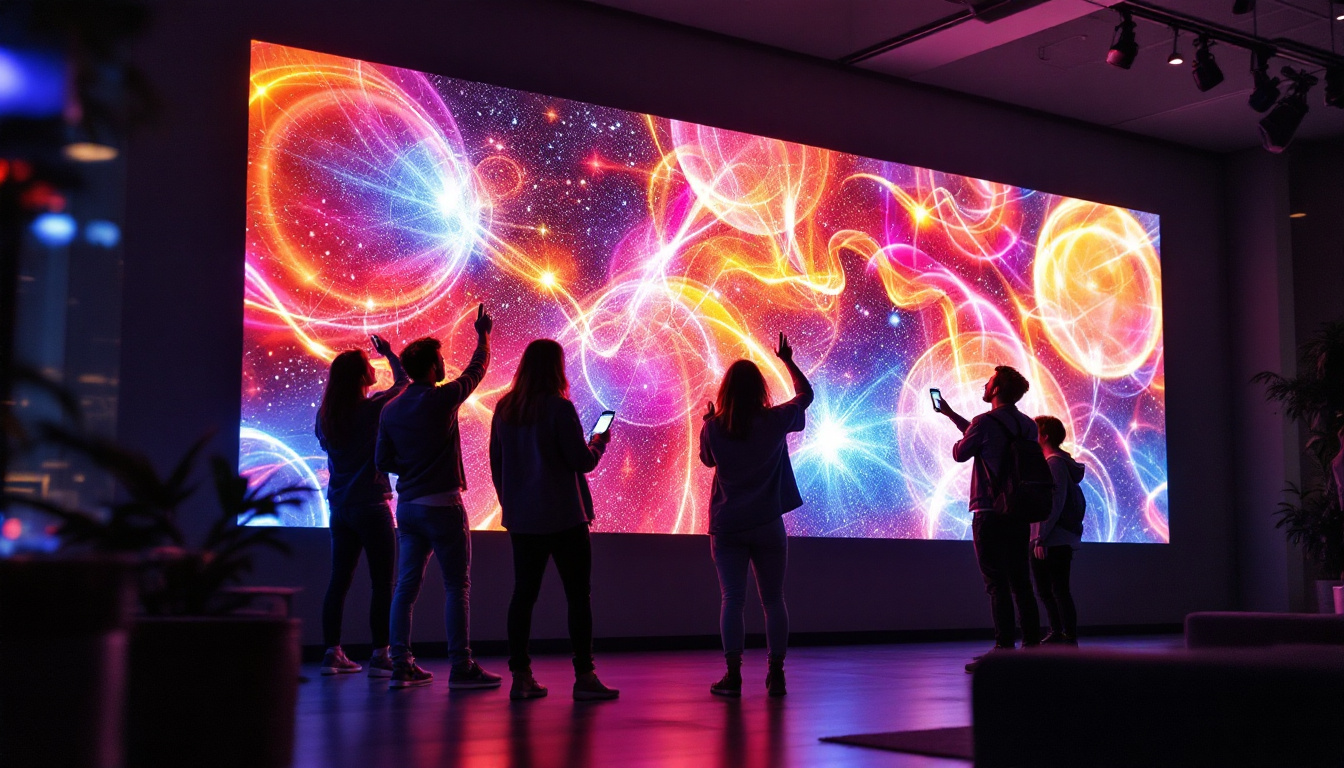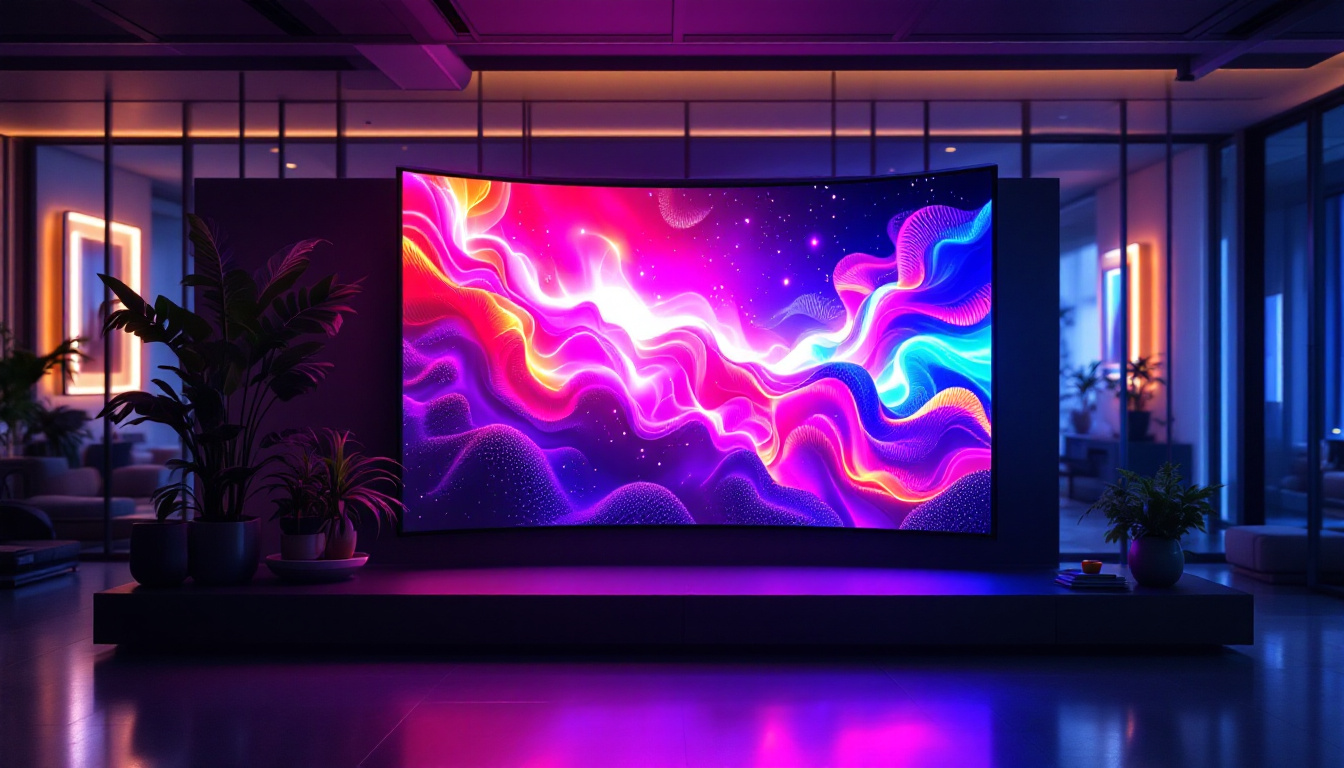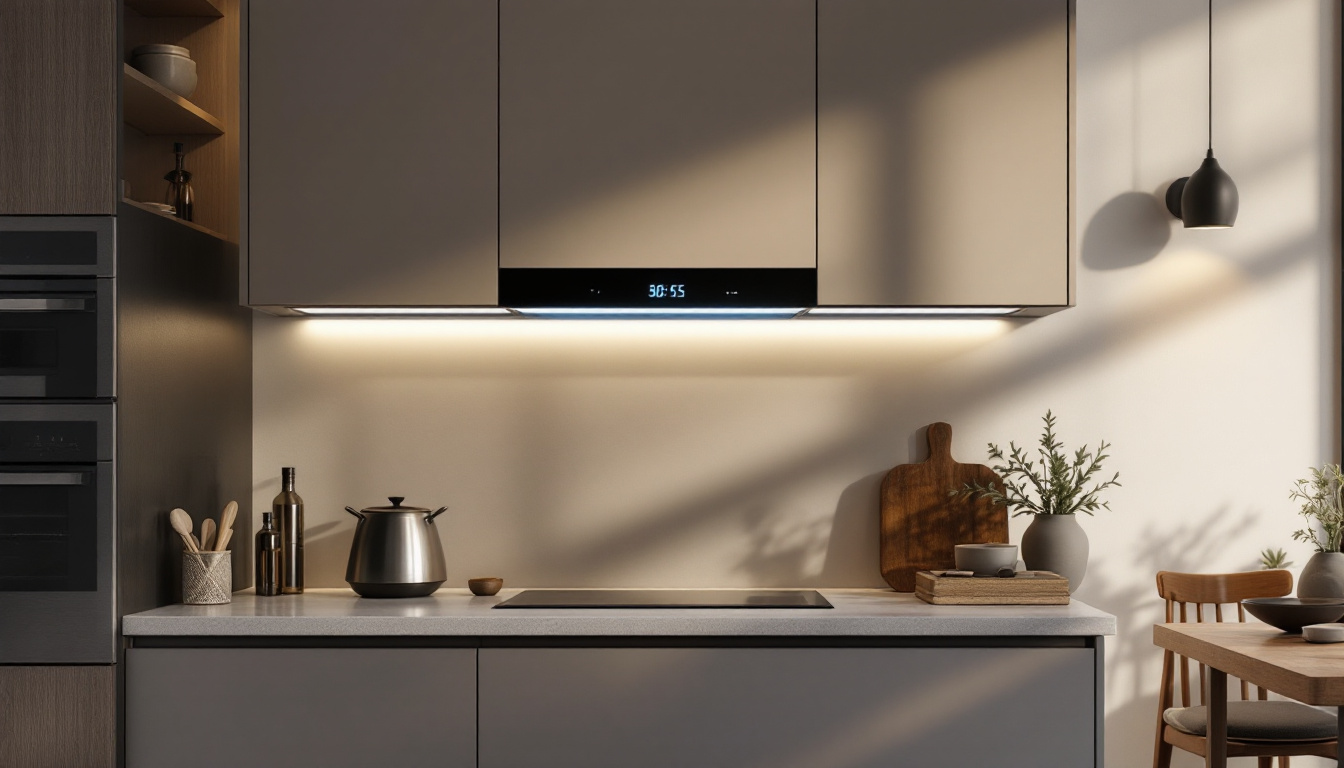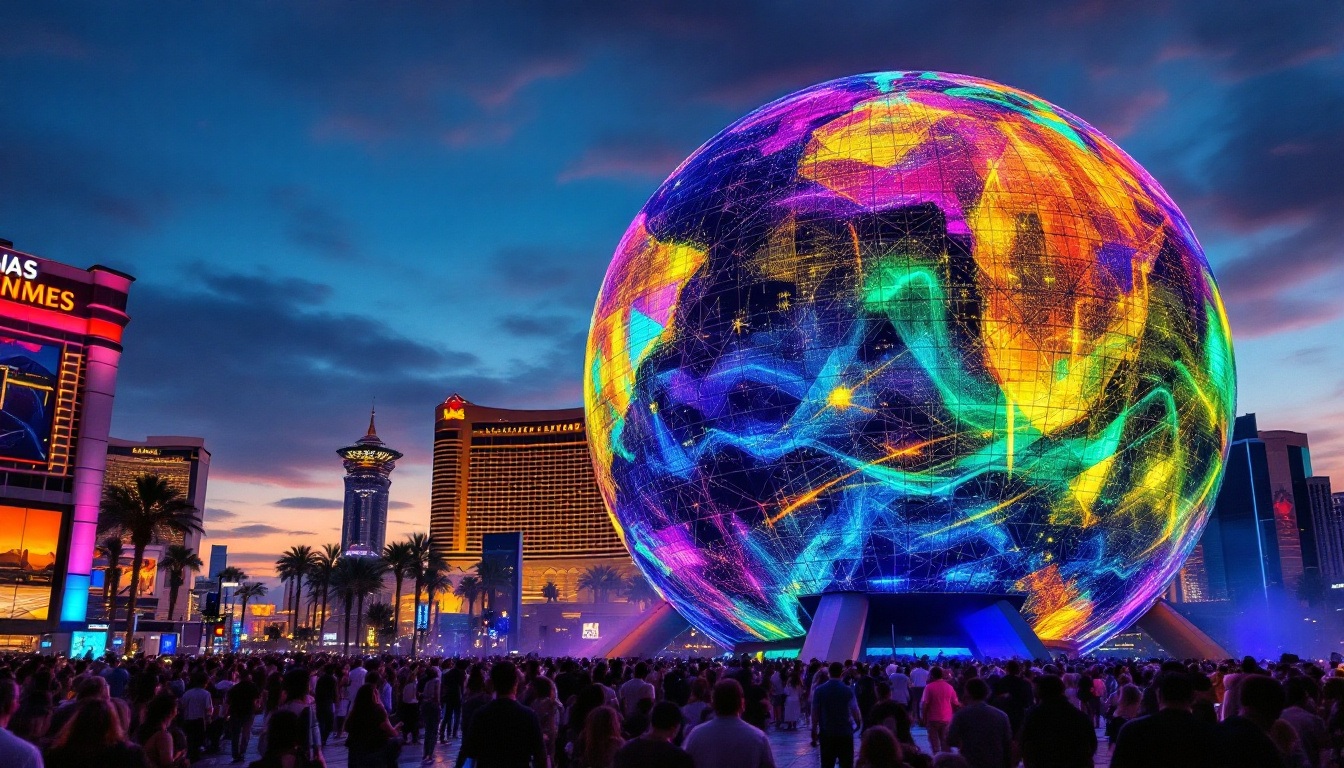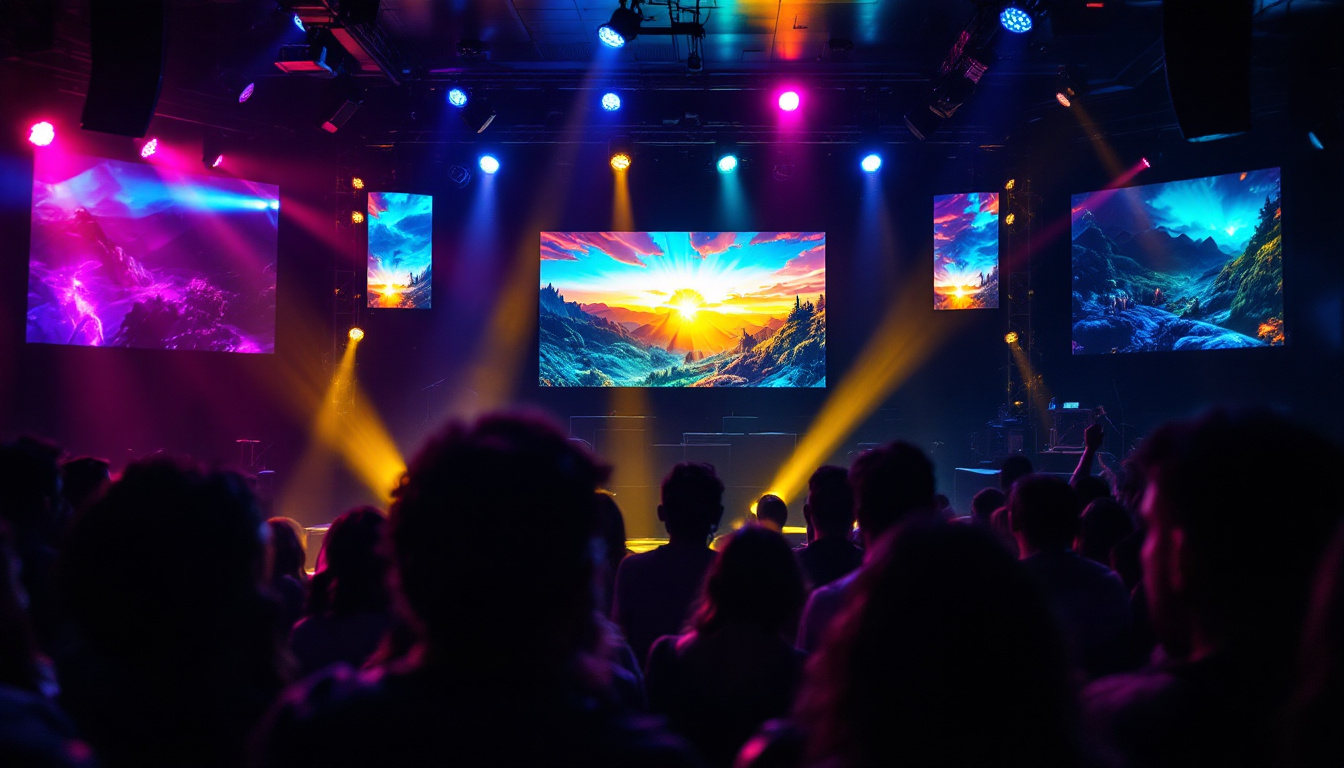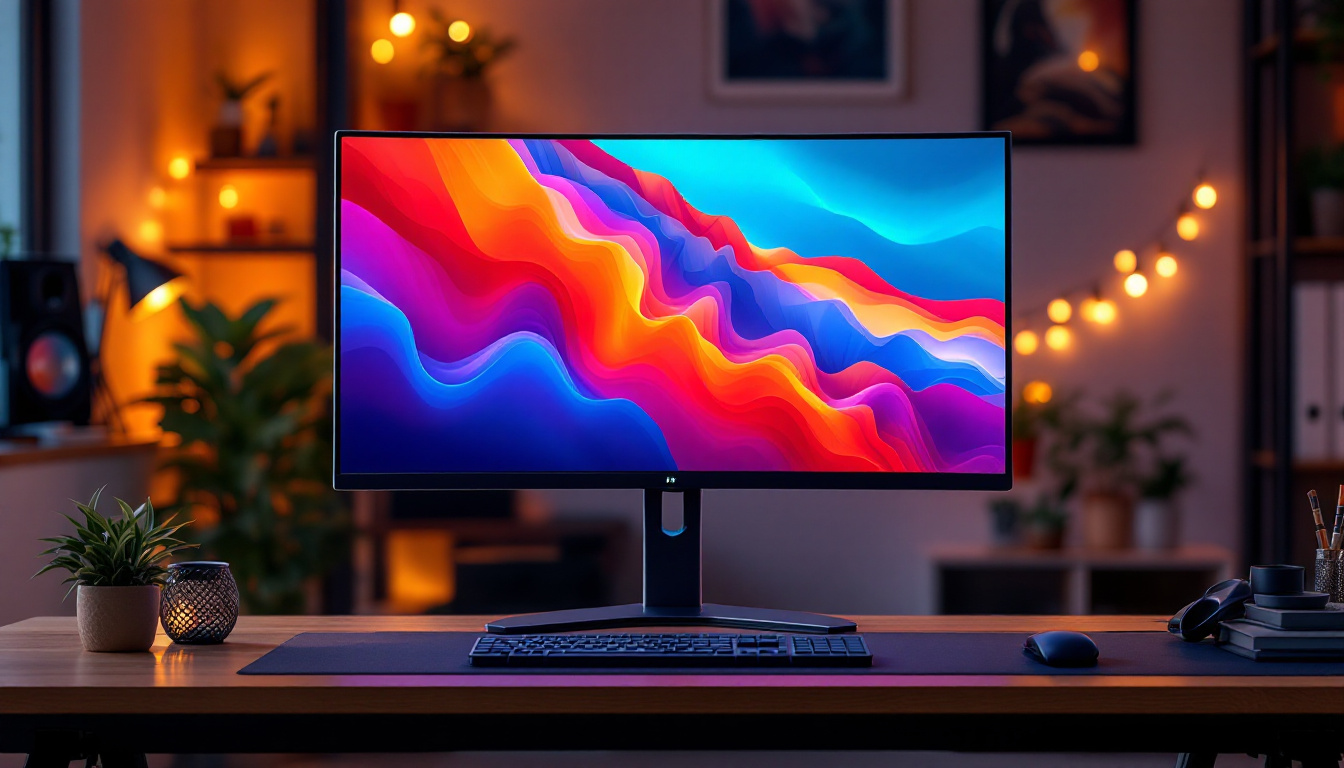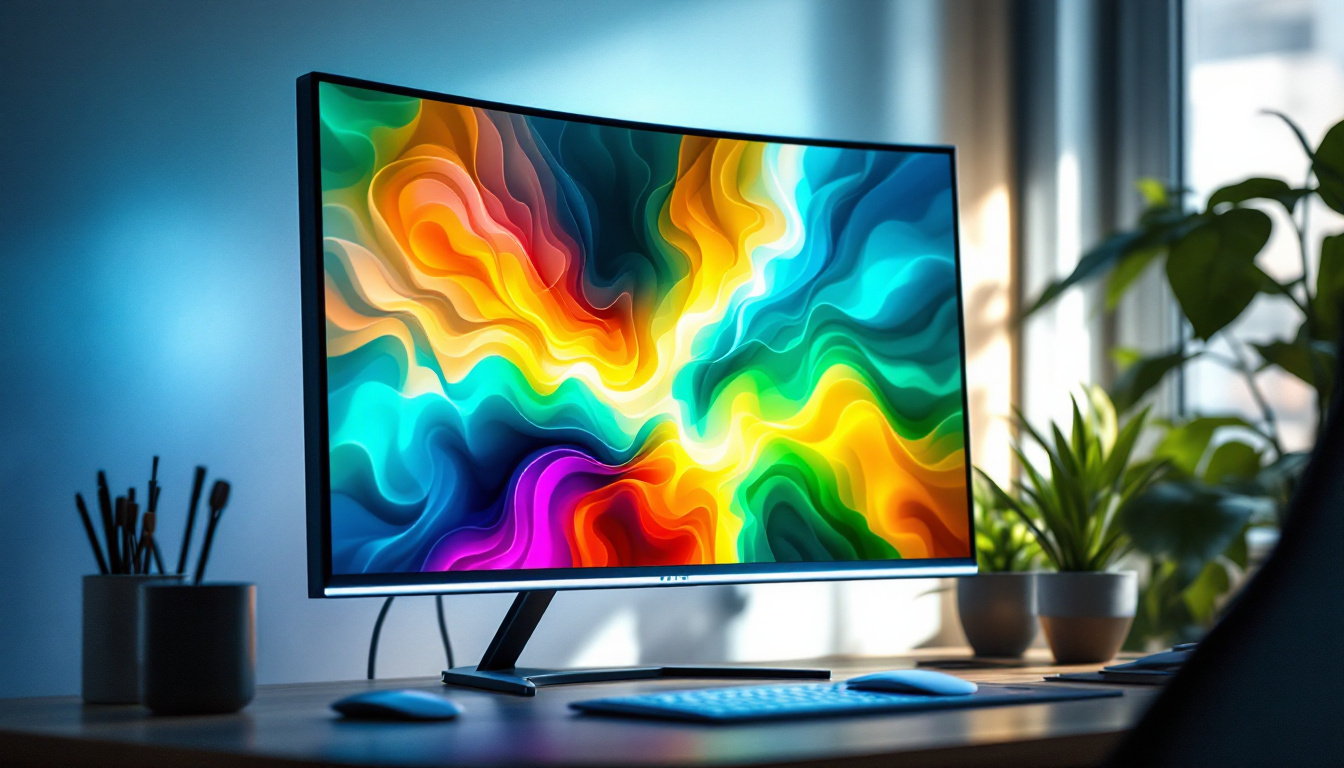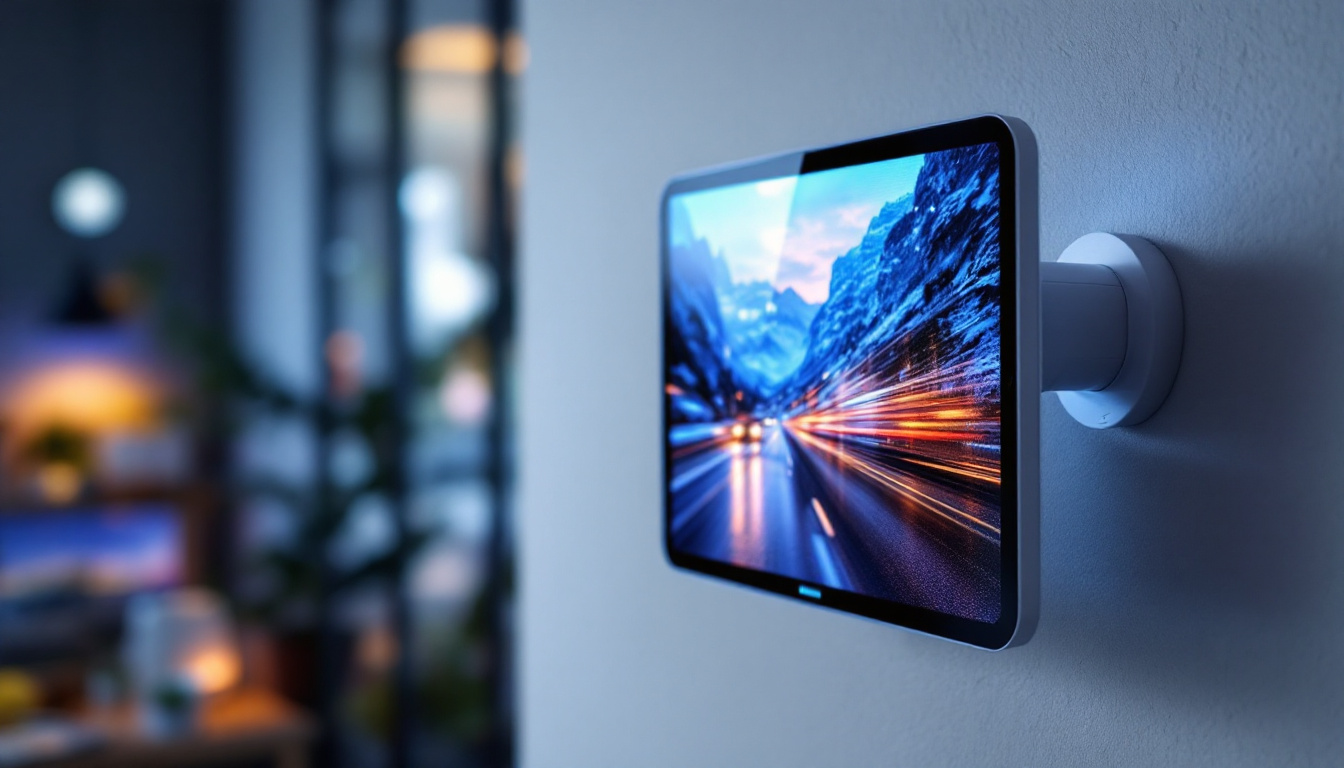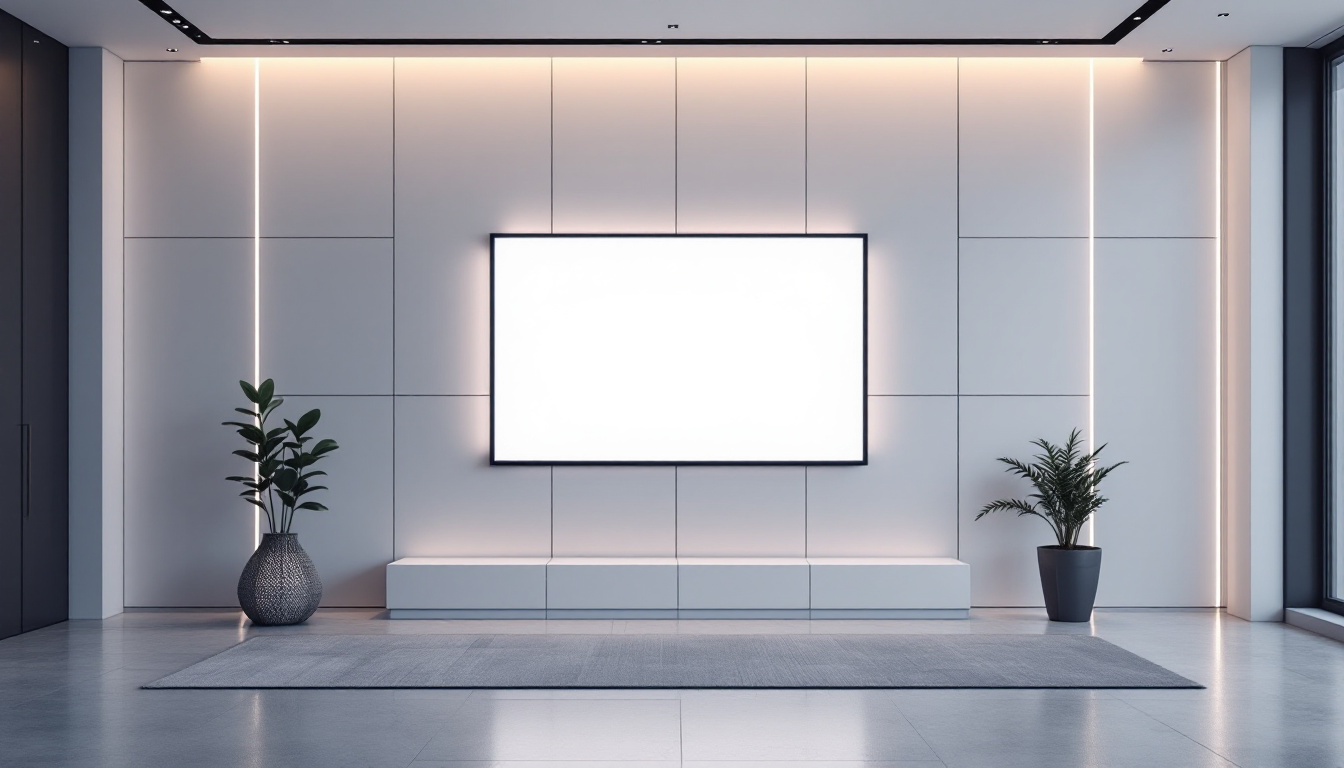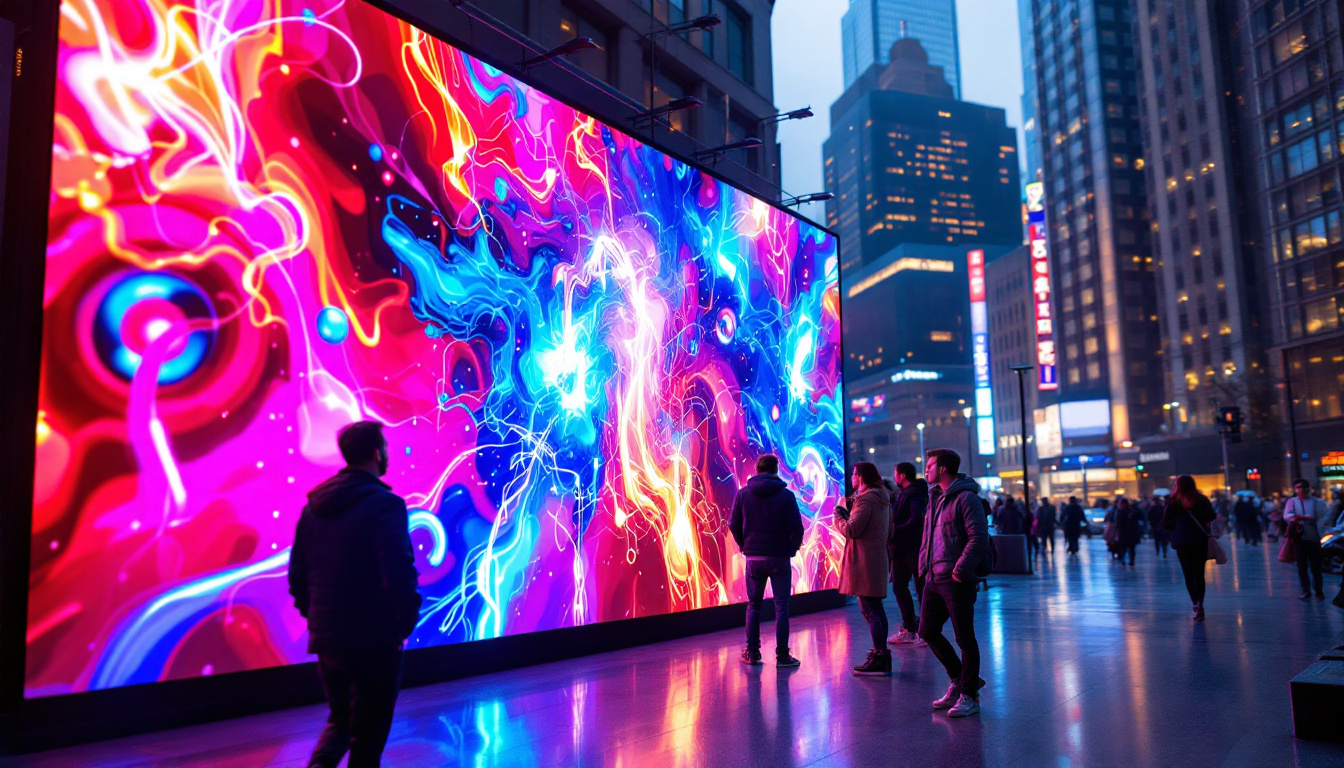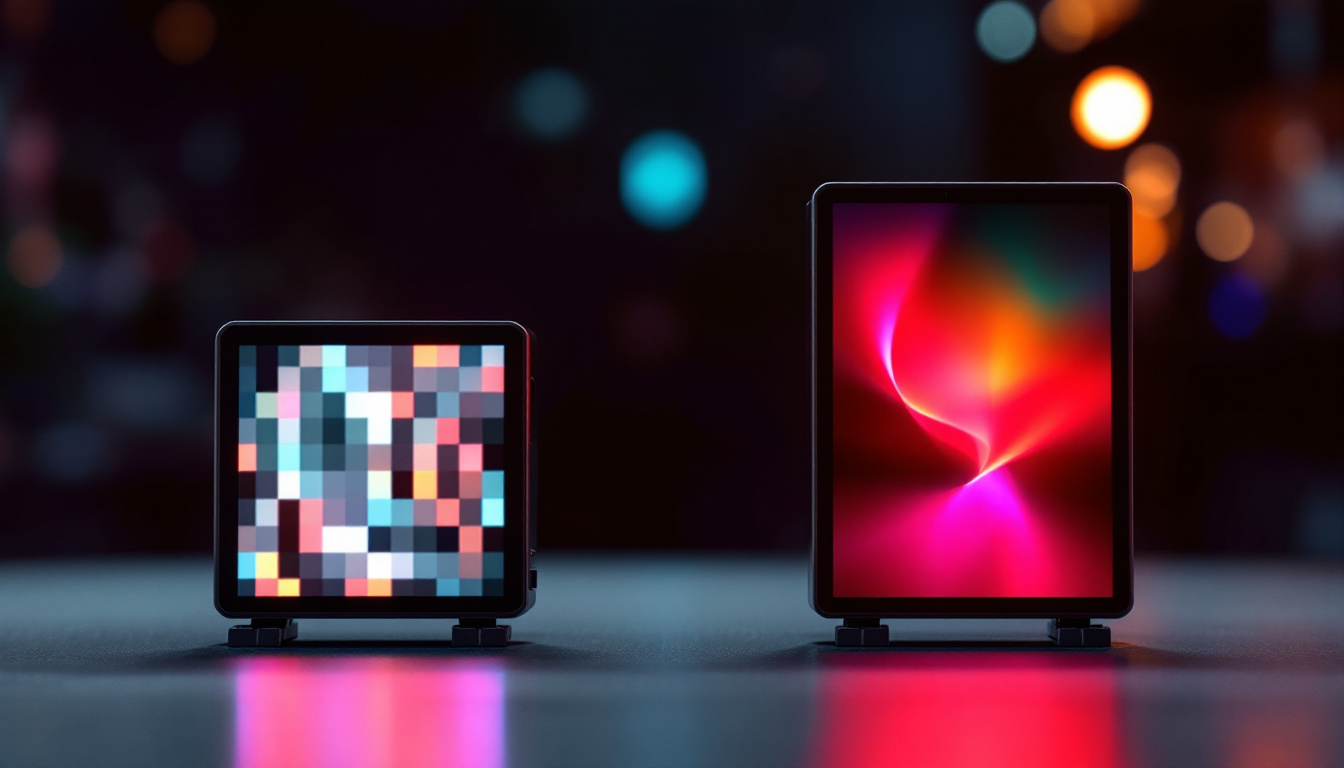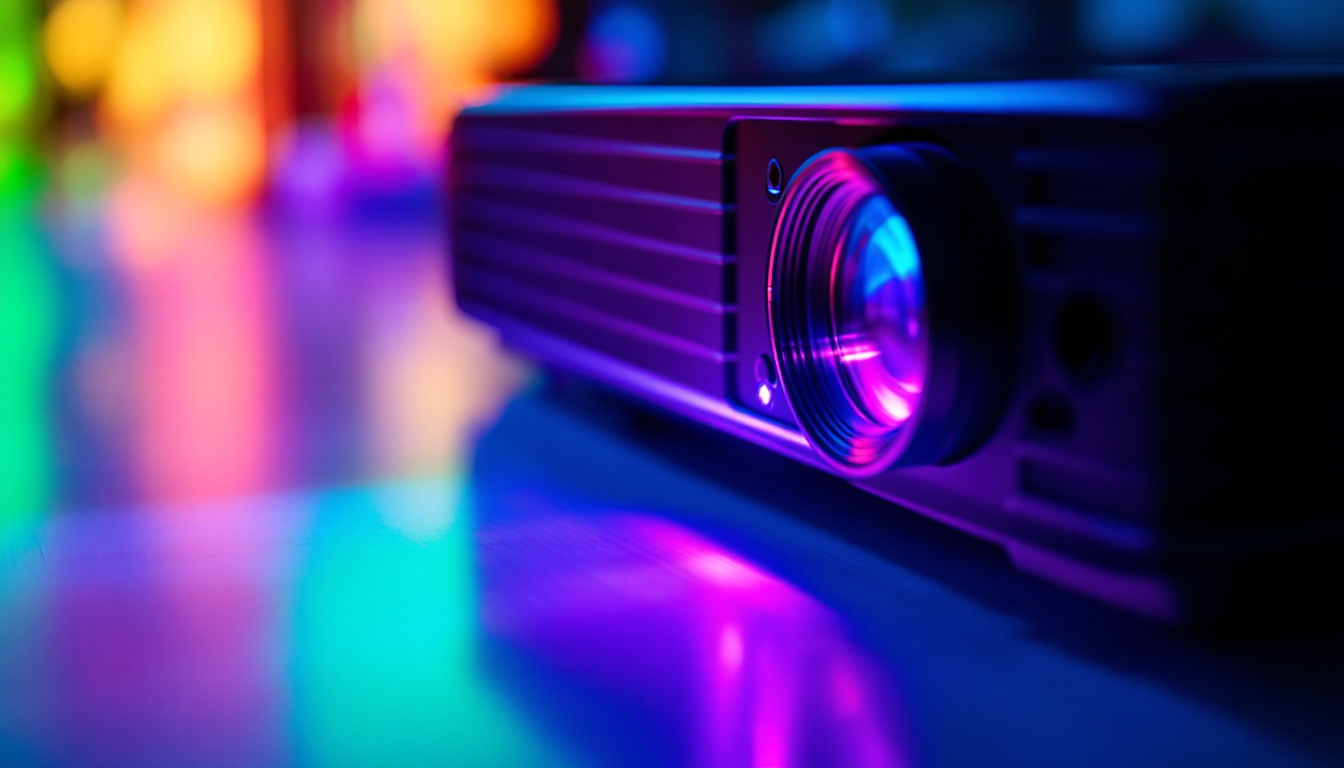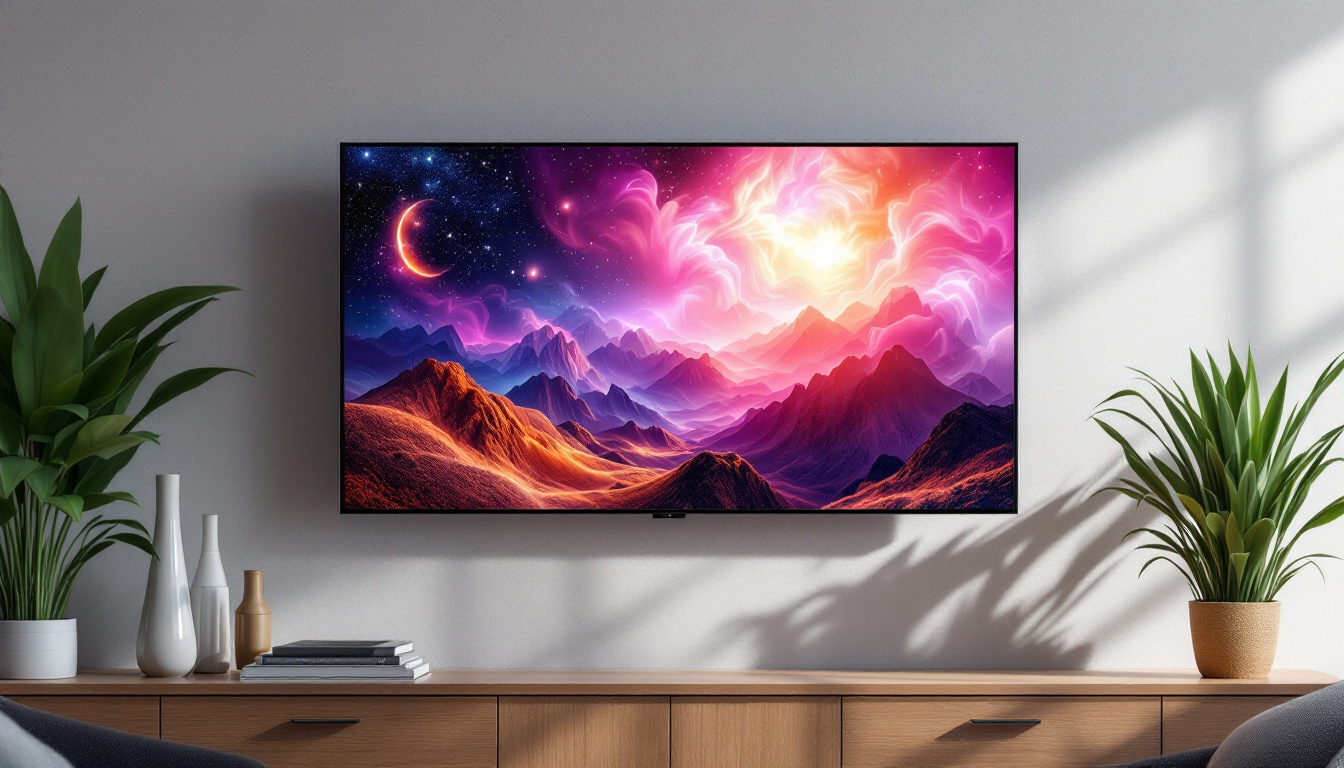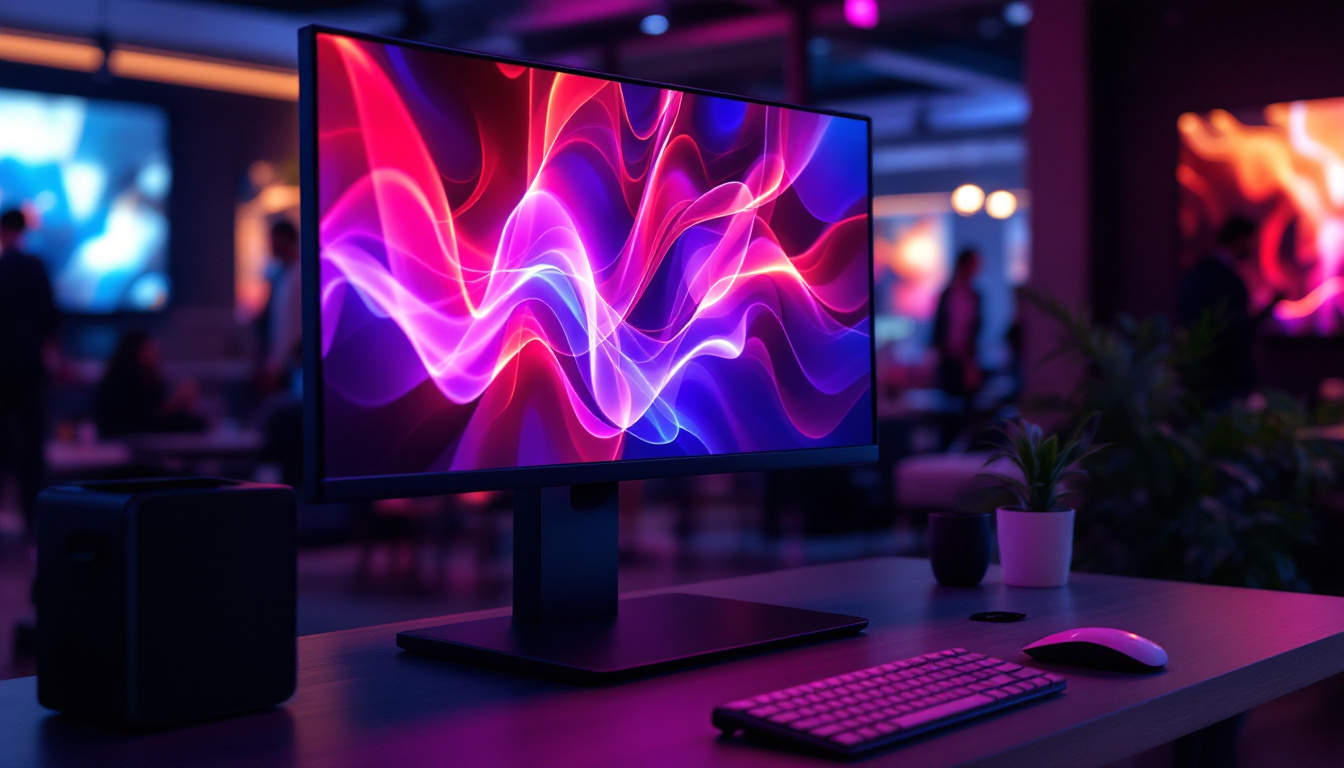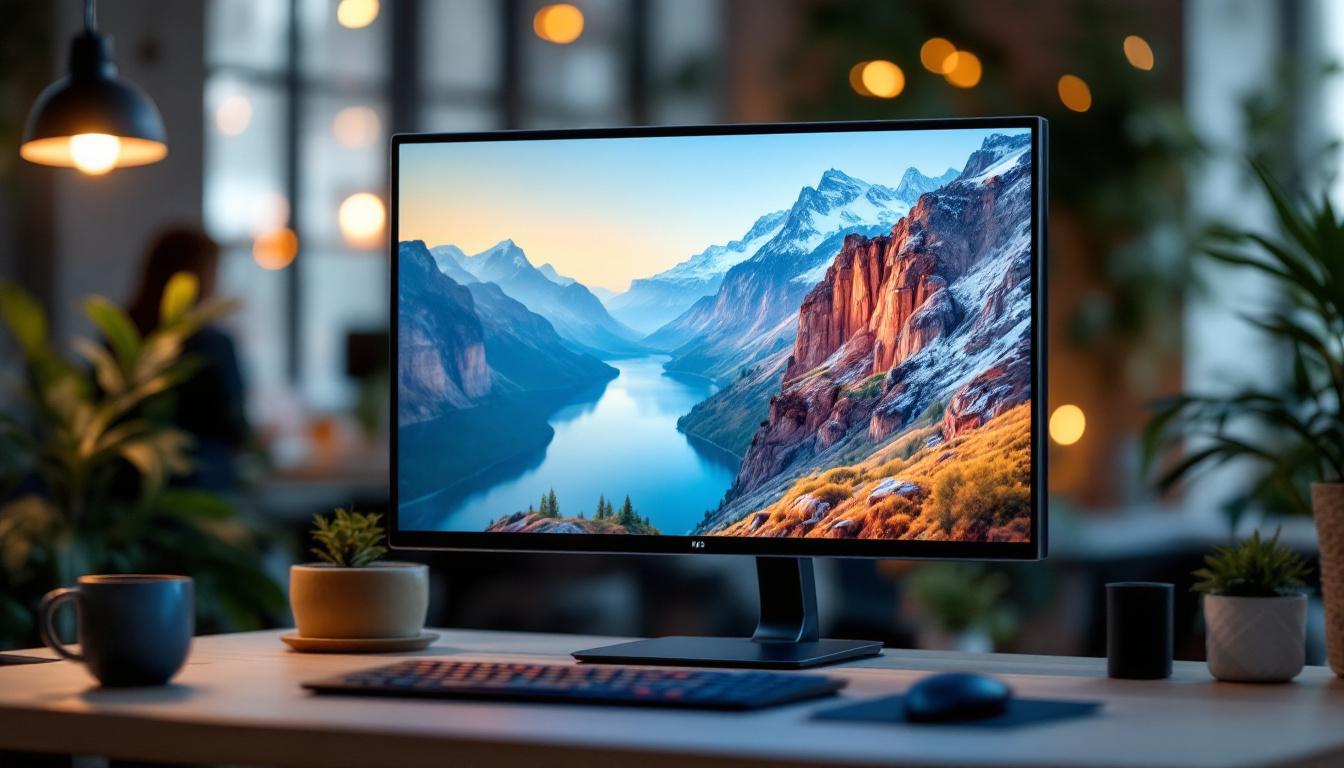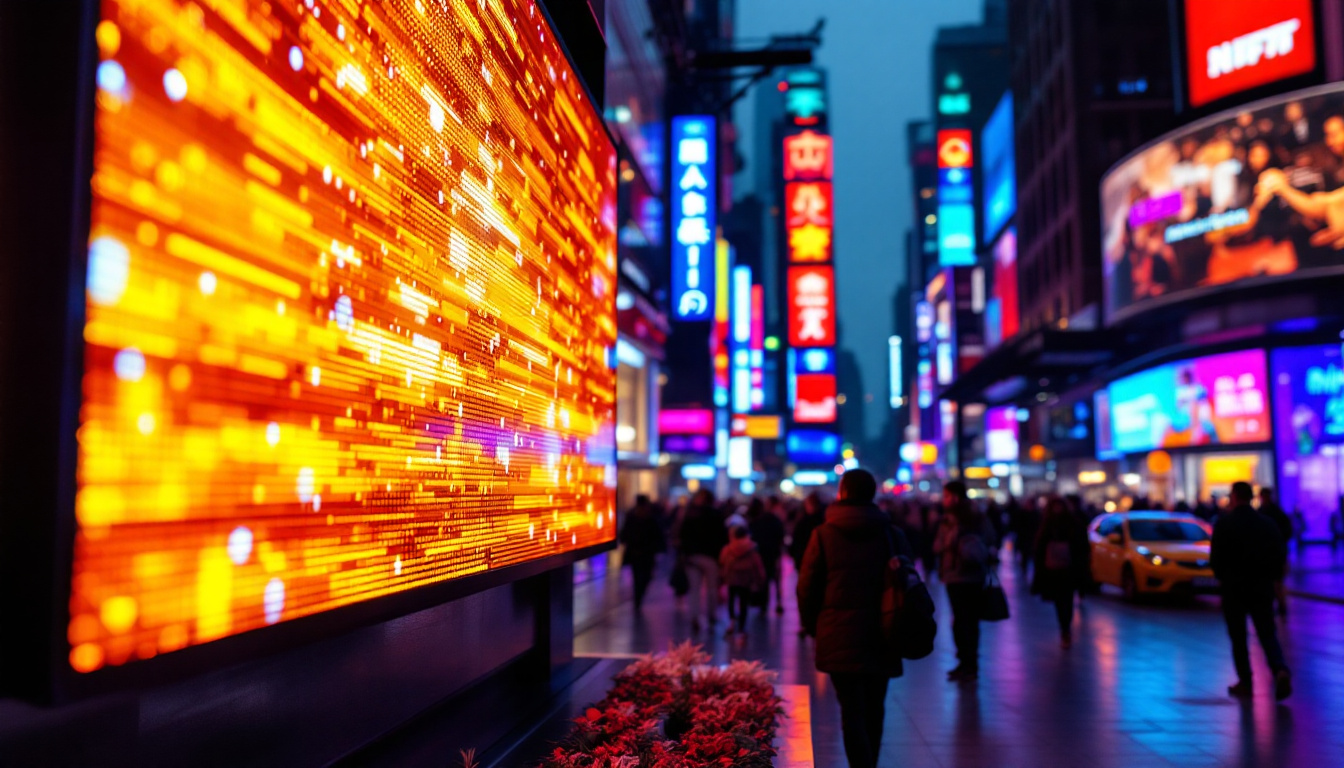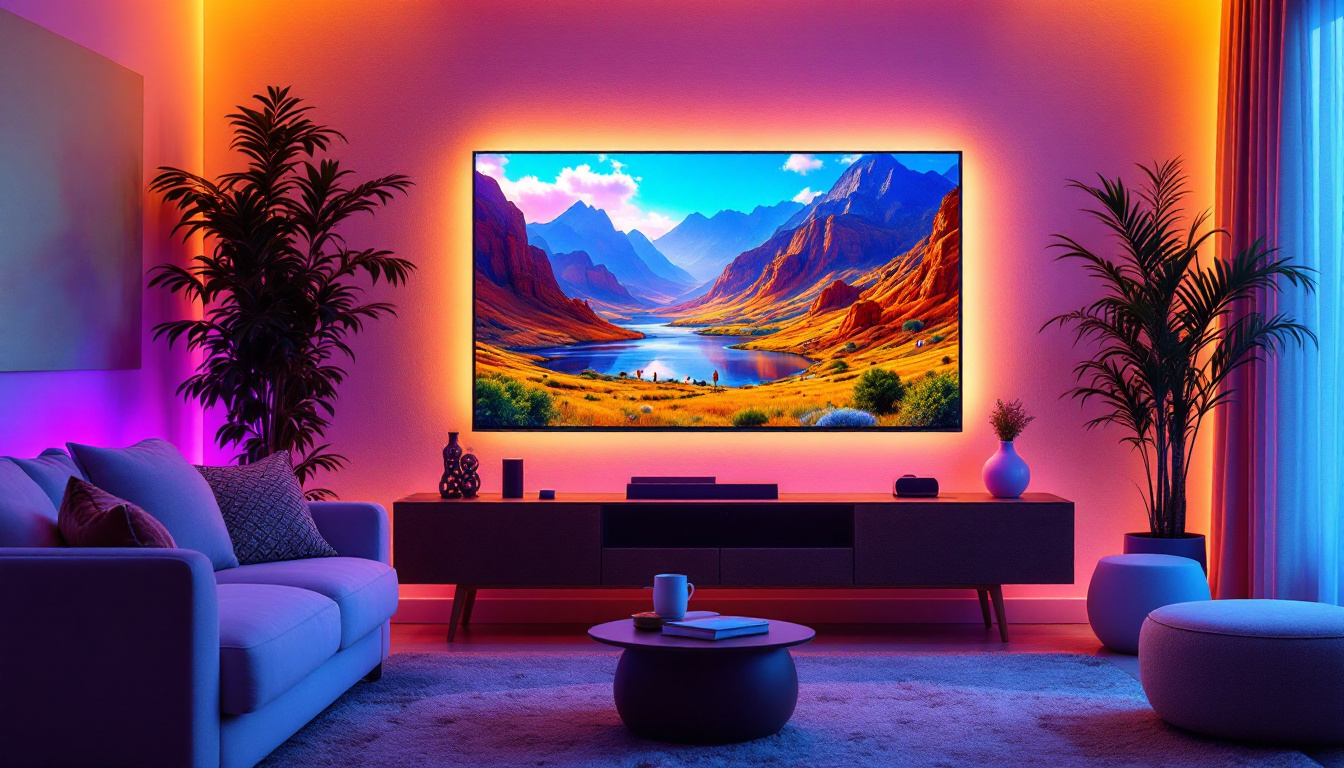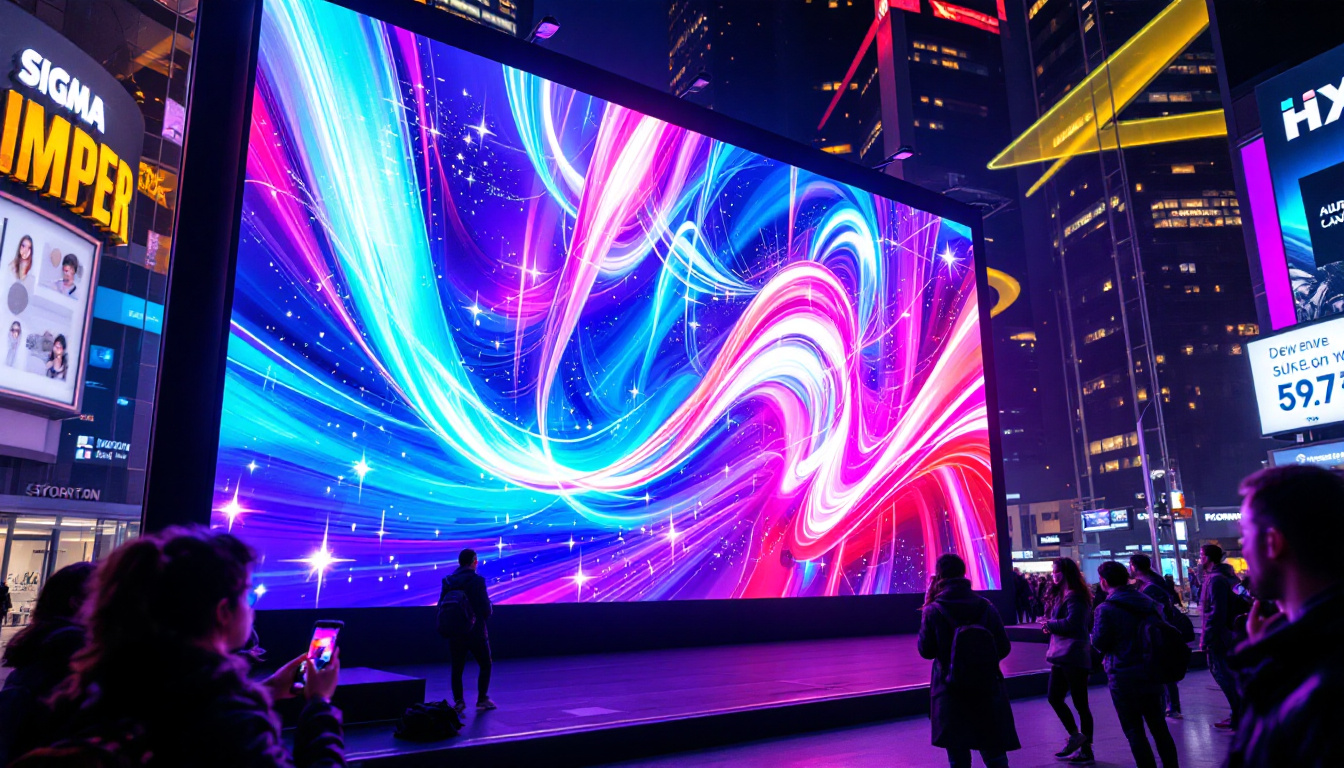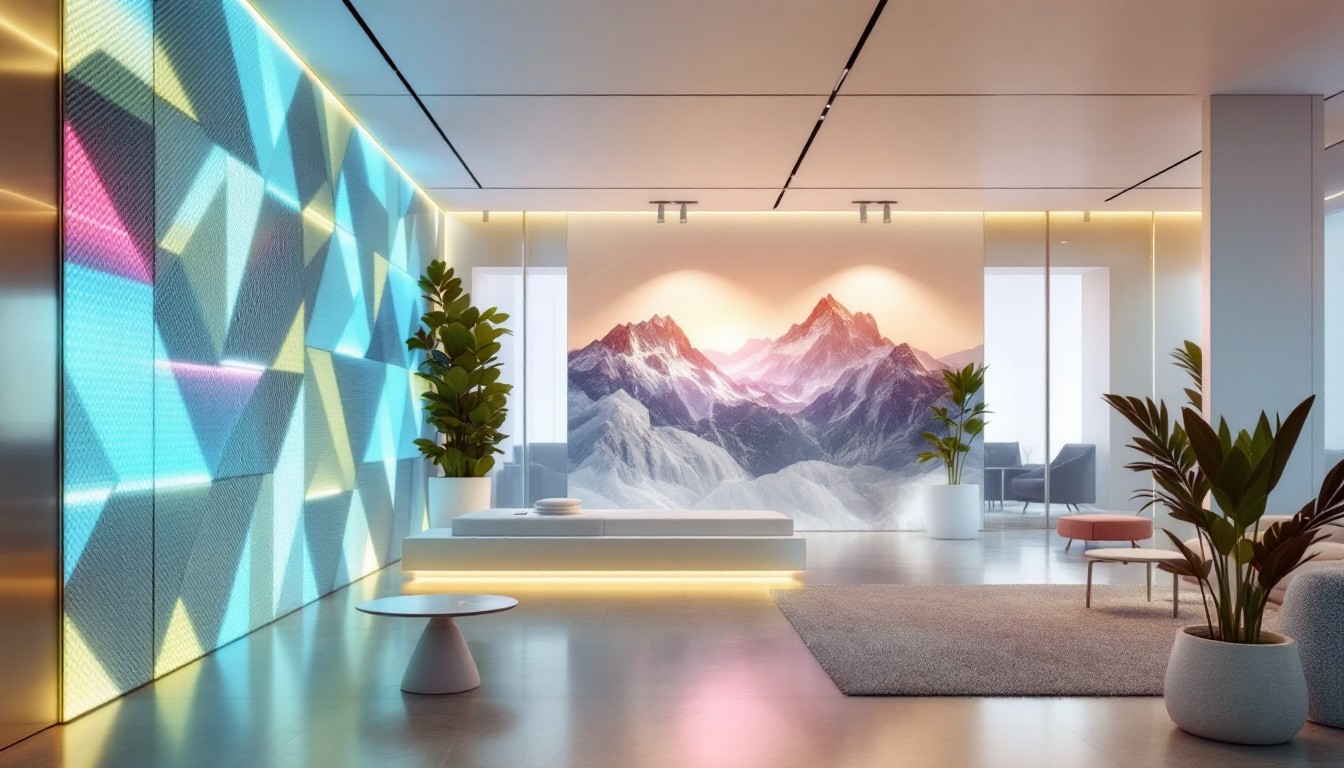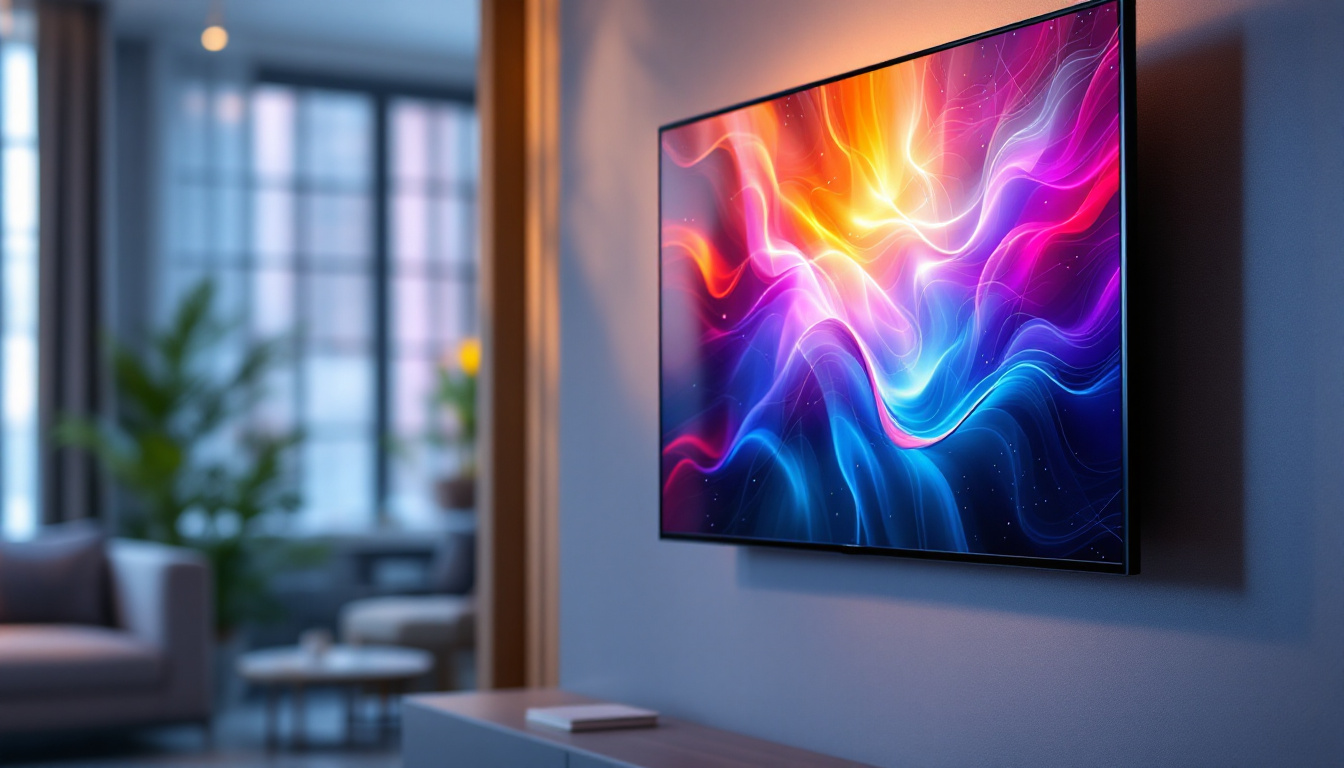Indoor LED Screen Price: LED Display Explained
In recent years, indoor LED screens have become increasingly popular in various sectors, including retail, entertainment, and corporate environments. These displays offer vibrant visuals, energy efficiency, and versatility, making them an attractive option for businesses looking to enhance their marketing strategies or improve internal communications. However, understanding the pricing structure of indoor LED screens can be complex. This article aims to demystify the factors influencing LED display prices and provide insights into the various types available.
Understanding LED Technology
Before delving into pricing, it is crucial to understand the technology behind LED displays. LED, or Light Emitting Diode, technology has revolutionized the way visuals are presented. Unlike traditional LCD screens, LED displays use tiny diodes to produce light, resulting in brighter images with better contrast ratios. This advancement not only enhances the viewing experience but also allows for more vibrant colors and deeper blacks, which are essential for high-quality visual content.
The evolution of LED technology has also led to the development of various innovative features, such as dynamic color adjustment and enhanced refresh rates, which cater to the needs of both casual viewers and professional content creators. As a result, LED displays are becoming increasingly popular in a wide range of settings, from homes to large-scale public events, where visual impact is paramount.
Types of LED Displays
There are several types of LED displays available in the market, each suited for different applications. The most common types include:
- Direct View LED: These displays are made up of individual LED modules that can be assembled into larger screens. They are ideal for large venues and outdoor settings, such as stadiums and concert halls, where visibility from a distance is essential.
- LED Video Walls: Composed of multiple smaller screens, video walls are perfect for creating immersive experiences in corporate environments or entertainment venues. They can be configured in various shapes and sizes, allowing for creative displays that captivate audiences.
- Fine Pitch LED: With pixel pitches of less than 2.5mm, fine pitch displays offer high-resolution images at close viewing distances, making them suitable for indoor applications such as control rooms, conference centers, and retail environments where detail is key.
Additionally, there are specialized LED displays designed for specific uses, such as transparent LED screens that allow viewers to see through them while still displaying vibrant content. This technology is increasingly utilized in retail spaces and exhibitions to create eye-catching displays that do not obstruct the view of products or surroundings.
Key Advantages of LED Displays
LED displays offer several advantages over traditional display technologies. Some of these benefits include:
- Energy Efficiency: LED screens consume less power compared to other display types, leading to lower operational costs. This efficiency not only reduces energy bills but also contributes to a smaller carbon footprint, making LED technology a more environmentally friendly choice.
- Longevity: With a lifespan of up to 100,000 hours, LED displays are a long-term investment. This durability means less frequent replacements and maintenance, which can save both time and money for businesses and consumers alike.
- High Brightness: The brightness levels of LED displays make them visible even in well-lit environments, ensuring that content remains clear and engaging. This feature is particularly beneficial for outdoor advertising and public information displays, where sunlight can wash out other screen types.
Moreover, LED displays are known for their quick response times, which is crucial for applications such as live broadcasting and gaming. The ability to display fast-moving images without blurring enhances the overall viewing experience, making LED technology the preferred choice for dynamic content. As the demand for high-quality visual experiences continues to grow, LED technology is poised to lead the way in display innovation.
Factors Influencing Indoor LED Screen Prices
The price of an indoor LED screen can vary significantly based on several factors. Understanding these elements can help businesses make informed decisions when investing in LED technology.
Pixel Pitch
One of the most critical factors affecting the price of LED displays is the pixel pitch, which refers to the distance between the centers of two adjacent pixels. A smaller pixel pitch equates to higher resolution and better image quality, which typically results in a higher price. For instance, a fine pitch LED display with a pixel pitch of 1.2mm will cost more than a standard pitch display with a pixel pitch of 3.9mm. This is particularly important in environments where viewers will be close to the screen, such as retail spaces or trade shows, where clarity and detail can significantly impact viewer engagement and brand perception.
Screen Size
Screen size is another significant factor in determining the cost of an LED display. Larger screens require more LED modules, which increases both material and manufacturing costs. Additionally, larger displays often necessitate more advanced technology to maintain image quality, further driving up the price. The size of the screen also influences the viewing distance; for example, a larger screen may be ideal for a spacious venue, allowing for a more immersive experience, while a smaller screen may suffice for intimate settings. This consideration can affect not only the initial investment but also the long-term effectiveness of the display in achieving its intended purpose.
Installation and Maintenance
Installation and maintenance costs can also impact the overall price of indoor LED screens. The complexity of the installation process, including structural requirements and integration with existing systems, can lead to additional expenses. Furthermore, regular maintenance is essential to ensure optimal performance, which may involve ongoing costs that should be factored into the overall investment. It’s worth noting that some manufacturers offer warranties and service packages that can alleviate some of these costs, providing peace of mind for businesses that rely heavily on their displays for advertising or information dissemination. Additionally, the choice of location for the screen can influence both installation complexity and maintenance needs; for example, screens in high-traffic areas may require more frequent servicing due to wear and tear.
Technology and Features
Beyond pixel pitch and size, the technology and features incorporated into the LED screen can also significantly influence its price. Advanced features such as higher brightness levels, enhanced color accuracy, and smart technology capabilities can add to the cost but also improve the overall viewing experience. For example, screens equipped with HDR (High Dynamic Range) technology can deliver more vibrant colors and better contrast, making them particularly appealing for environments where visual impact is crucial, such as museums or galleries. Moreover, the integration of interactive capabilities, such as touch functionality or connectivity with mobile devices, can further elevate the price but also enhance user engagement, making the investment more worthwhile in the long run.
Price Ranges for Indoor LED Screens
While the price of indoor LED screens can vary widely, understanding the general price ranges can provide a clearer picture for potential buyers. Prices typically range from a few thousand dollars to tens of thousands, depending on the specifications and features.
Budget-Friendly Options
For businesses with limited budgets, there are affordable options available. Basic indoor LED displays with larger pixel pitches (e.g., 3.9mm to 5.0mm) can start from around $1,500 to $5,000 for smaller sizes. These displays are suitable for less demanding applications, such as basic advertising or information display.
Mid-Range Displays
Mid-range options, which offer better resolution and features, typically fall between $5,000 and $15,000. These displays often feature pixel pitches of around 2.5mm to 3.9mm, making them suitable for environments where image quality is essential, such as retail stores or conference rooms.
High-End Solutions
High-end indoor LED screens, particularly those with fine pixel pitches (below 2.5mm), can range from $15,000 to over $50,000. These displays are designed for professional applications, such as broadcast studios, high-end retail, and large corporate events, where exceptional image quality and reliability are paramount.
Additional Costs to Consider
When budgeting for an indoor LED screen, it is essential to consider additional costs beyond the initial purchase price. These can include:
Content Management Systems
Many LED displays require a content management system (CMS) to manage and display content effectively. Depending on the complexity and features of the CMS, costs can range from a few hundred to several thousand dollars. This investment is crucial for businesses looking to create dynamic and engaging content.
Warranty and Support
Investing in a warranty and support package is advisable to protect against potential issues that may arise during the lifespan of the display. Warranties can range from one to five years and may include on-site support, which can add to the overall cost but provides peace of mind.
Training and Setup
Training staff to use the LED display and its associated software is another cost that should be considered. Depending on the complexity of the system, training sessions can range from a few hours to several days, with associated costs for professional trainers.
Choosing the Right Indoor LED Screen for Your Needs
Selecting the appropriate indoor LED screen requires careful consideration of various factors, including the intended use, budget, and desired features. Here are some tips to guide the decision-making process.
Define Your Purpose
Understanding the primary purpose of the LED display is crucial. Whether it is for advertising, information dissemination, or entertainment, defining the purpose will help narrow down the options and ensure that the chosen display meets specific needs.
Assess Your Environment
Consider the environment where the display will be installed. Factors such as ambient light, viewing distance, and audience size can significantly influence the choice of pixel pitch and screen size. For example, a display in a brightly lit retail store may require a higher brightness level and a smaller pixel pitch for optimal visibility.
Evaluate Long-Term Costs
While the initial price is important, it is also essential to consider long-term costs, including energy consumption, maintenance, and potential upgrades. Investing in a higher-quality display may result in lower operational costs over time, making it a more cost-effective choice in the long run.
Conclusion
Indoor LED screens are an invaluable asset for businesses looking to enhance their visual communication strategies. Understanding the factors that influence pricing can help organizations make informed decisions when investing in this technology. By considering pixel pitch, screen size, installation costs, and additional expenses, businesses can select the right LED display that meets their needs and budget.
As the demand for high-quality visual experiences continues to grow, investing in an indoor LED screen can provide a competitive edge in today’s fast-paced market. With the right approach, organizations can leverage this technology to engage audiences, enhance brand visibility, and ultimately drive success.
Discover LumenMatrix LED Display Solutions
Ready to elevate your space with the vibrant, energy-efficient, and versatile LED display technology discussed in this article? LumenMatrix is at the forefront of LED innovation, offering a wide range of solutions tailored to your unique needs. From Indoor LED Wall Displays to Custom LED Displays, our products are designed to create immersive visual experiences that captivate your audience and amplify your message. Don’t miss the opportunity to transform your visual communication strategy. Check out LumenMatrix LED Display Solutions today and see the difference cutting-edge technology can make.

